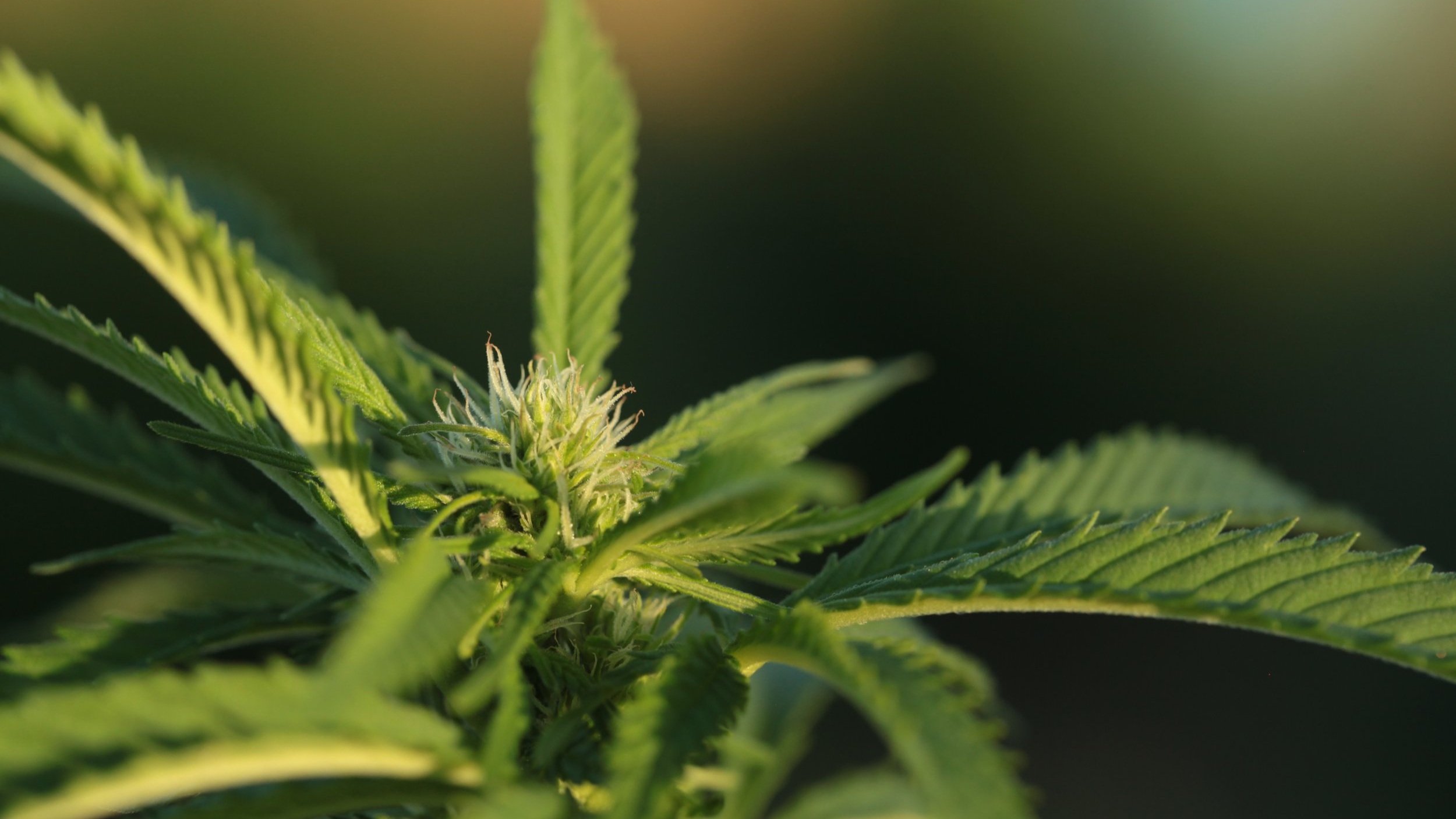Cannabis is used medicinally, recreationally, and for entheogenic purposes.
The psychoactive effects of cannabis is due to a cannabinoid known as Δ9-tetrahydrocannabinol (THC). It is one of at least 100 other cannabinoids, and the 483 known compounds in the plant.
cannabis elicits its effects by the interaction of all these compounds with the endocannabinoid system.
Anatomy
What makes the cannabis plant unique is its flowers (buds) that are found on female plants. These buds feature a unique formations of colourful hairs and crystals that contain high concentrations of cannabinoids.
Cannabis plants can be male or female. The visual presentation of their reproductive organs allow for identification.
Male plants produce pollen sacs near the base of the leaves, that pollinate female plants to initiate seed production.
Female plants are the prizes of cannabis plants- they produce flowers that are rich in cannabinoids and terpenes. Seedless flowers are what we consume. These are called “sinsemilla” which means “seedless.”
Parts of the female cannabis plant:
Flowers.
Also known as “buds,” the flowers of cannabis plants contain cannabinoids and terpenes that provide the plants psychoactive and medicinal effects. They only grow on female plants.
Bract and Calyx.
A bract is the reproductive part of the female plant. They appear as tear-shaped “leaves” that are covered in resin glands that produce the highest concentration of cannabinoids and terpenes.
The calyx refers to a translucent layer over the ovule at a flowers’ base, that is not visible to the naked eye.
Trichomes.
Trichomes are the mushroom-looking protuberances that function as cannabinoid and terpene production factories, and are responsible for the plants uniqueness, potency, impact, and flavour.
Sugar Leaves.
Sugar leaves are the small, resin-coated leaves that buds form around. They are usually trimmed from the buds during harvest, but can be saved to be used to make extracts and concentrates, and other cannabis products.
Cola.
The cola is the cluster of buds that grow tightly together. The main cola, also referred to as the apical bud or top cola, forms at the top of the plant.
Stigma and Pistil.
The pistil contains the reproductive parts of a flower and are made up of three parts: stigma, style, and ovary.
The stigma is the vibrant coloured, hair-like strand of the pistil and serve to collect pollen from male plants. They begin white and darken as the plants matures, to yellow, orange, red, or brown.
Fan Leaves.
Fan leaves are the large, iconic cannabis leaves. Their purpose is to capture light to fuel the cannabis plant, and typically contain little-to-no resin and are discarded when trimming the plant.
How It Works
the Endocannabinoid System
The Endocannabinoid System is named after the plant that led to its discovery - cannabis. It is one of the most important physiologic systems involved in establishing and maintaining health.
It is believed that humans co-evolved with cannabis based on documentation of its use more than 5000 years ago, and on this significance of the Endocannabinoid System that is responsible for the interaction with cannabis compounds in the human body and its role of maintaining homeostasis.
It is a complex signalling system that comprises of cannabinoid receptors, endocannabinoids, and enzymes, that are found throughout the body including the brain, organs, connective tissues, nervous system, immune cells, and glands.
It plays an important role in the central nervous system (CNS), synaptic plasticity, and the response to endogenous and environmental insults.
Cannabinoids bind to cannabinoid receptors to elicit effects.
Cannabinoid Receptors:
There are two main cannabinoid receptors: CB1 and CB2 receptors.
CB1
CB1 is the most abundant cannabinoid receptor, present mainly in the central nervous system and digestive organs.
CB2
CB2 receptors are primarily found outside the central nervous system, associated with the regulation of immunity and inflammation.
Cannabinoids:
Cannabinoids are a class of diverse compounds that act on cannabinoid receptors in the endocannabinoid system.
There are endocannabinoids and phytocannabinoids.
Endocannabinoids
Cannabinoids that are created within our body and engage with our internal cannabinoid receptors.
Phytocannabinoids
Cannabinoids that are produced by plants. Most phytocannabinoids are found in cannabis, although small amounts are found in other plants like echinacea or liverwort. There are over 100 phytocannabinoids.
THC
delta-9-tetrahydroacnnabinol
THC is the principal psychoactive constituent of cannabis. It was first discovered in 1964, and has since been researched for its many potential therapeutic applications for conditions including neuropathic pain, muscular spasticity, neurodegenerative disorders, insomnia, anxiety and depression, and cancer care.
CBD
cannabidiol
CBD does not have any psychoactive effects. It is known for its ability to help with anxiety, insomnia, and chronic pain.
CBN
cannabinol
CBN is a product ofTHC degradation as it ages. Research on the therapeutic effects of CBN are still preliminary, but suggests CBN may be used as a sedative, for pain relief, an appetite stimulate, and its anti-inflammatory and anti-microbial actions.
CBG
cannabigerol
CBG is a minor cannabinoid that is the precursor to THC, CBD, and CBC. It has been found to act on endocannabinoid receptors prevalent in eye structures and is thought to be particularly effective in treating glaucoma by reducing intraocular pressure.

















